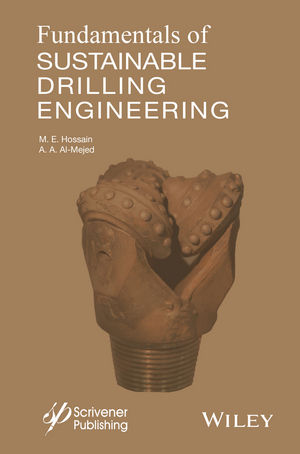The source
of arsenic in India's ground
water continues to elude scientists more than a decade after the toxin was
discovered in the water supply of the Bengal delta in India. But a
recent study with a Kansas State University
geologist and graduate student, as well as Tulane University,
has added a twist – and furthered the mystery.
Arsenic is
a naturally occurring trace element, and it causes skin lesions, respiratory
failure and cancer when present in high concentrations in drinking water. The
environmental crisis began after large traces of the element were detected in
the ground water in the Bengal
Basin – an area inhabited
by more than 60 million residents. This has caused a water shortage, illness
and death in the region, leaving residents unable to even use the water for
ordinary tasks like washing dishes or ablution.
"It's
an awful situation," says Saugata Datta, a Kansas State
University assistant
professor of geology. "This is one of the worst mass poisoning cases in
this history of mankind."
Though no
definitive arsenic source has been determined, many geologists have claimed
that recent man-made ponds in the region are a major contributor, as the heavy
rainfall and erosion have created high amounts of organic material – containing
arsenic – in the ponds. From there the pond's water and organic material seep
into the ground waters.
Datta and
colleagues recently completed a study looking at the ponds. Their findings,
"Perennial ponds are not an important source of water or dissolved organic
matter to ground waters with high arsenic concentration in West Bengal,
India," was published inGeophysical Research Lettersin late October, and it also appeared in the journalNature.
"Our
study suggests that ponds are not contributing substantial amount of water or
this old organic matter into the ground waters in the shallow aquifer in this
region," Datta says. "These very high arsenic levels are actually
coming from something else, possibly from within the organic matter contained
in these Holocene sedimentary basins."
Datta,
along with Tulane University colleague Karen Johannesson – the study's other
lead investigator – came to this conclusion after modeling the transport of the
pond's organic matter through the meters of sand and clay to the aquifers
below. Because of the organic matter's highly reactive nature to minerals – like
arsenic – researchers found that this organic matter actually serves as a
retardant and causes minerals to absorb more slowly into the aquifer sediments.
"Characteristically
the organic matter is very sticky and likes to glom onto mineral
surfaces," Datta explains. "So it takes much longer for the organic
matter to move the same distance along a ground water flow path than it does
through just the water itself."
According
to their model, it would take thousands of years to reach roughly 30 meters, or
nearly 100 feet, into the aquifers in the Bengal
delta, which is where we see this peak of arsenic.
"These
high arsenic waters at the 30-meter depth are approximately 50 years old,"
Datta notes. "Since the ponds that supply the organic matter have been
around for thousands of years, the current ponds would not be the source of
this organic matter."
The team
created their model based on stable isotope data at Kansas State
University's Stable
Isotope Spectrometry Laboratory. The lab is operated by Troy Ocheltree, a
biology research assistant who co-authored the study.
In the near
future, Datta, Sankar Manalikada Sasidharan, a geology graduate student, India,
and Sophia Ford, a geology undergraduate student, Wilson, will travel to the
region to collect ground water and aquifer sediment samples for an extensive
study that accounts for various valleys and ponds. In addition to arsenic, the
team also will monitor for high concentrations of manganese, as scientists are
finding that the two metals often appear together.
"The
work that we've started to look into this source mechanism release in the Bengal delta is still far from being solved," Datta says.
"The mystery still remains. We just added a little bit more to it."
The
study was partially funded by a hydrology grant from the National Science
Foundation.
Ponds Not the Cause of Arsenic Poisoning in India's Ground Water
Looking for a reprint of this article?
From high-res PDFs to custom plaques, order your copy today!





